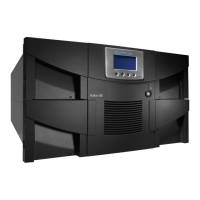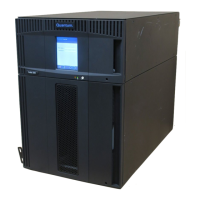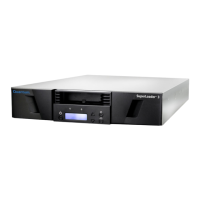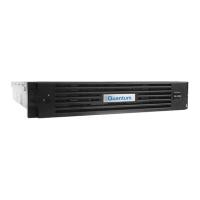202 Service Tab
SNMP traps can be used for limited security checking. When configured for an agent, the SNMP service
generates trap messages any time specific events occur. These messages are sent to a trap destination.
For example, an agent can be configured to initiate an authentication trap if a request for information is sent
by an unrecognized management system. Trap messages can also be generated for events such as host
system startup or shutdown.
Trap destinations consist of the computer name or the IP or IPX address of the management system. The
trap destination must be a network-enabled host that is running SNMP management software. Trap
destinations can be configured, but the events (such as a system reboot) that generate a trap message are
internally defined by the SNMP agent.
Figure 142 SNMP Service Configuration: Trap Destination
Edit Click Edit trap. Pop-up SNMP Service Configuration dialog opens,
see Figure 142
on page 202.
Remove Click Remove trap.
Update Click Save SNMP properties after edit.
Start SNMP Click Start SNMP service (active when SNMP service is stopped).
Stop SNMP Click Stop SNMP service (active when SNMP service is started).
Help Click Open online help for the current pane.
Field/Button Icon Operation Description
